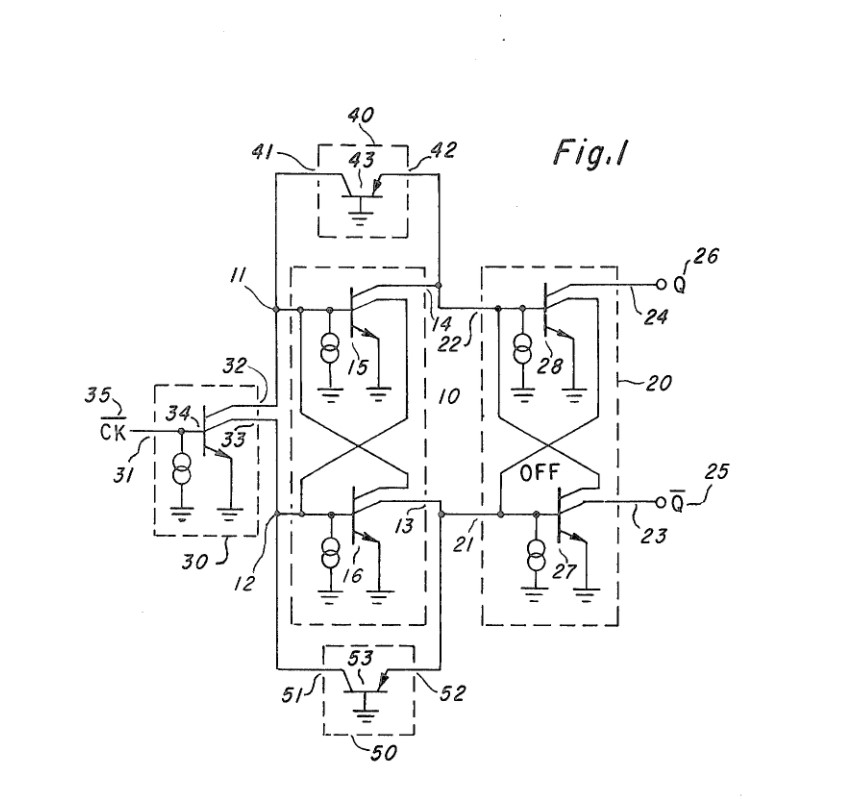I have been searching everywhere online on how to make this circuit. I found out I can make NAND gates using I2L and connect them together to make a T flip flop , but this is very impractical since I will end up using 48 transistors.
I found a circuit for a negative edge triggered T flip flop using Bistable multivibrators .
I connected the circuit in Multisim and tested it , and it gave me the correct output for a T flip flop.
I figured that in order to make it I2L I have to replace every resistor in the circuit with a pnp bjt transistor ( 2n3906) as a current source and it should work, but it ended up giving me a really weird output.
I also came across a different circuit from 1980 of a "Triggerable flip flop" using I2L , but it used multi-collector npn bjt transistors and I don't know to make these. (https://patents.google.com/patent/EP0032154A1/en)
Please help me either fix the circuit I made so it works and tell me how to make a multi-collector npn bjt.
Thank you












